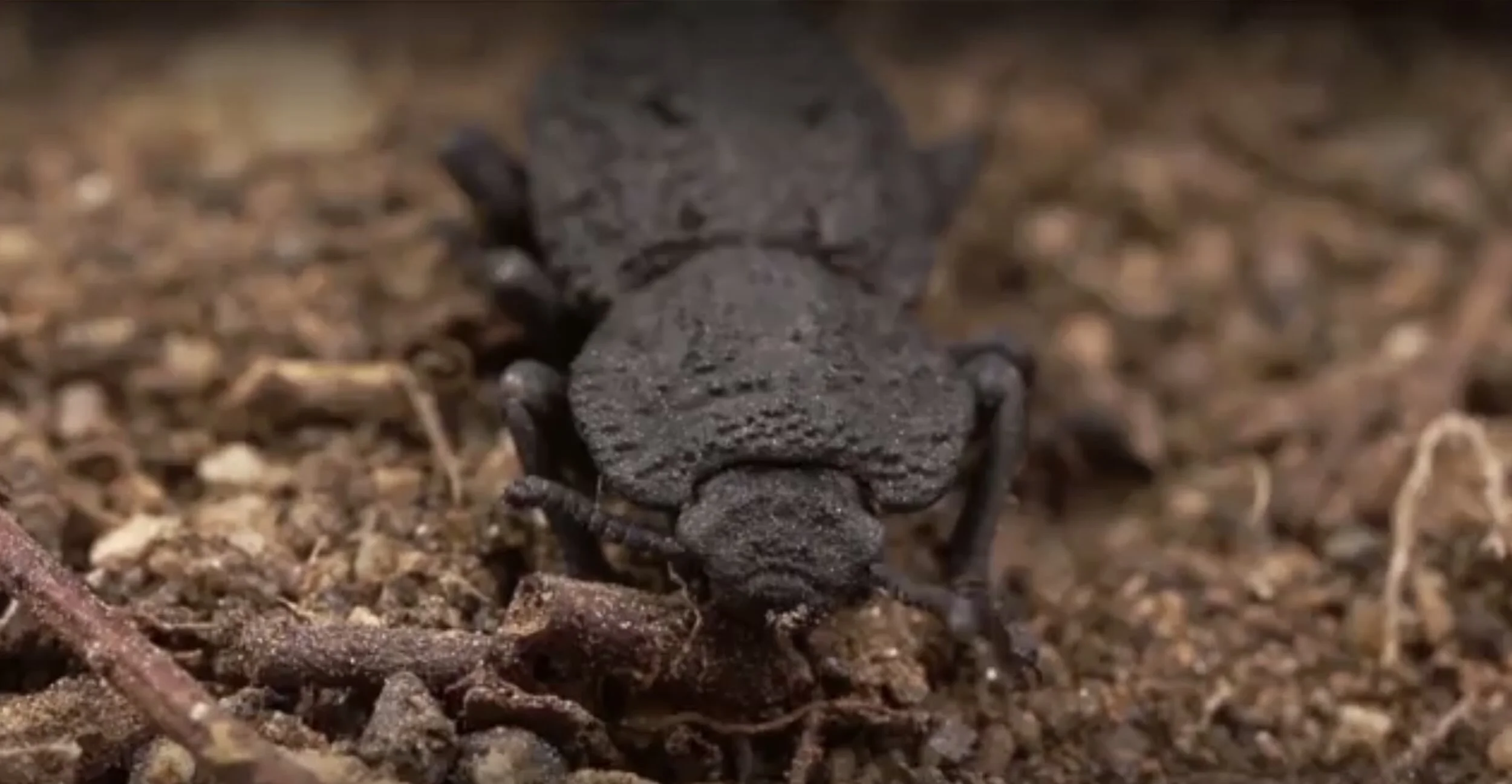It looks like future astronauts will not have to live on pre-packaged space rations alone.
Currently, astronauts aboard the international space station live on sterilized processed food supplies. The main reason behind this is that rations have to last for a long time as it is not possible to supply the space station with fresh food on a regular basis.
Image Credit: 3DSculptor via iStock - HDR tune by Universal-Sci
If we want fresh food in space, we will have to grow it ourselves. Being able to produce or grow food in spaceships will be beneficial, especially if we aim to survive in space for more extended periods of time, like on a journey to Mars. A recent study published in the science journal Frontiers in Plant Science reports on the successful cultivation of a salad crop. It turns out that space-grown lettuce, in spite of the fact that it is grown in a zero-gravity environment, is just as nutritious as earth-grown salad, if not better.
From 2014 to 2016, astronauts tried to grow lettuce on the ISS using special sterilized seeds inside vegetable production systems, which were specifically designed for the occasion. The crops grew undisturbed inside growth chambers for more than a month. The resulting romaine lettuce came out very similar to its earth-grown equals. Recently scientists thoroughly analyzed these space-grown lettuces once more. The results were very promising.
Astronaut Shane Kimbrough in front of the 'Veggie' chamber on the ISS back in November 2016 - Image Credit: NASA
While scientists on board the space station grew their crops, scientists back on Earth grew precisely the same romaine lettuce under similar environmental circumstances as a control. They used data like co2 levels, humidity, and temperature acquired from the space station on a 24-hour delay. This arrangement made it possible for the two to be compared accurately.
The space-grown lettuce turned out similar in composition to the Earth-grown equivalents, excluding the fact that in some cases, space-grown plant tissue tended to be more abundant in elements such as sodium, potassium, phosphorus, zinc, and sulfur, in addition to phenolics, molecules with proven anti-inflammatory, anticancer, and antiviral activity. Finally, both crops had comparable levels of antioxidants, which are well known for preventing cell damage.
The researchers were astonished by the fact that the space-grown crops contained similar microbes to their earthbound analogs. Moreover, the diversity of bacteria was almost identical. This came as a surprise since the scientists expected that the unique circumstances on the ISS would result in a different composition.
The astronauts consumed some of their crops to no ill effect. It was reported to taste good be it slightly more bitter than earth-grown lettuce - Image Credit: NASA
Perhaps most important of all, none of the detected bacteria are known to cause diseases. Additional analyses verified that the leaves never carried any hazardous microbes known to sometimes contaminate vegetables, like E. coli and Salmonella. With regards to mold and fungal spores, the analysis showed an extend fit for human consumption.
Dr. Christina Khodadad, one of the researchers, mentioned that the ISS serves as a benchmark for future missions that will take humans to space for an extended period of time. These kinds of crop growth experiments assist to increase the suite of candidates that can be effectively grown in micro-gravity. The scientists plan to test and grow other types of leafy vegetables and fruits in the future. One can think of crops like tomatoes and peppers.
Overall the first experiments of growing corps in space have been very promising. If future tests with other freshly grown vegetables turn out similarly, we can expect to support healthy diets for future long term space travelers.
Sources and further reading: Microbiological and Nutritional Analysis of Lettuce Crops Grown on the International Space Station / frontiers press release
If you enjoy our selection of content please consider following Universal-Sci on social media:




















